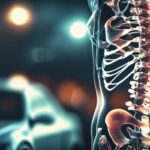Common Injuries in Vehicular Accidents Revealed
The prevalence of vehicular accidents on a global scale underscores an urgent need to understand the spectrum of injuries they precipitate. From minor lacerations to life-altering spinal injuries, the impact on victims varies widely, necessitating a thorough examination of their nature and severity. This exploration not only aids in the medical management of such injuries but also informs legal strategies for seeking compensation. As we start on a detailed discussion of the common injuries resulting from vehicular accidents, we invite professionals and victims alike to ponder the implications of these findings on both personal recovery and broader safety initiatives.
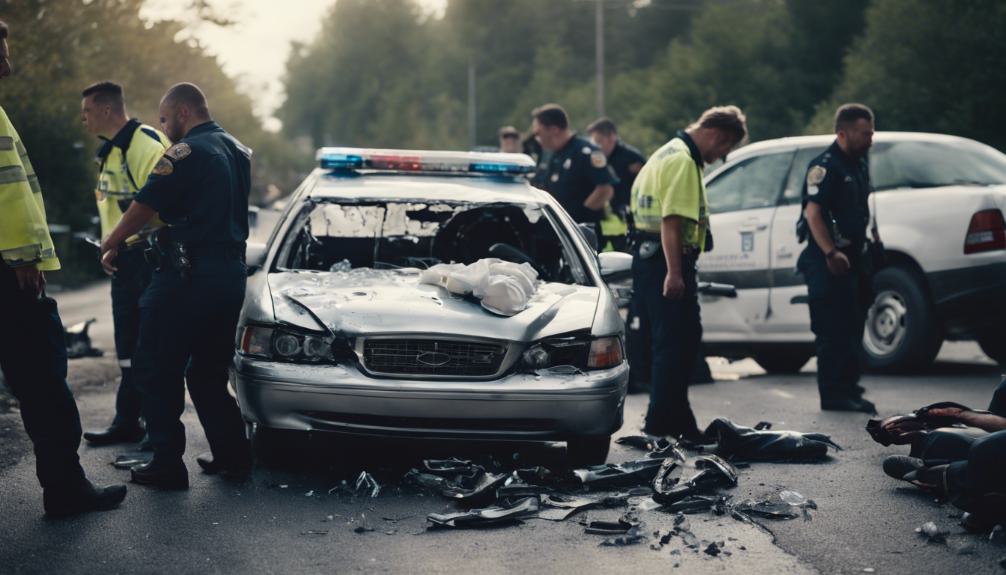
Key Takeaways
- Impact and penetrating injuries are common in car accidents, potentially causing severe harm.
- Traumatic brain injuries, including concussions, are frequent outcomes of vehicular accidents.
- Spinal cord and chest injuries can result from the force exerted in car crashes.
- Immediate medical attention is crucial for diagnosing and treating injuries sustained in vehicle accidents.
Types of Car Accidents

Understanding the different types of car accidents is important for comprehending the spectrum of risks and injuries vehicle occupants may face. Statistics show that 35% of fatalities and injuries in vehicular incidents involve passenger car occupants, pointing to significant risks for everyday drivers and passengers. Light truck occupants constitute another 27%, indicating a substantial portion of incidents involving larger, potentially more dangerous vehicles. Interestingly, 20% involve pedestrians, cyclists, and other non-occupants, underscoring the broader impact of car accidents beyond those inside vehicles. Motorcyclists account for 14%, highlighting the high risks associated with motorcycle riding. Lastly, occupants of large trucks or buses represent 4%, suggesting that while less frequent, accidents involving these vehicles can still have serious consequences.
Categories of Injuries
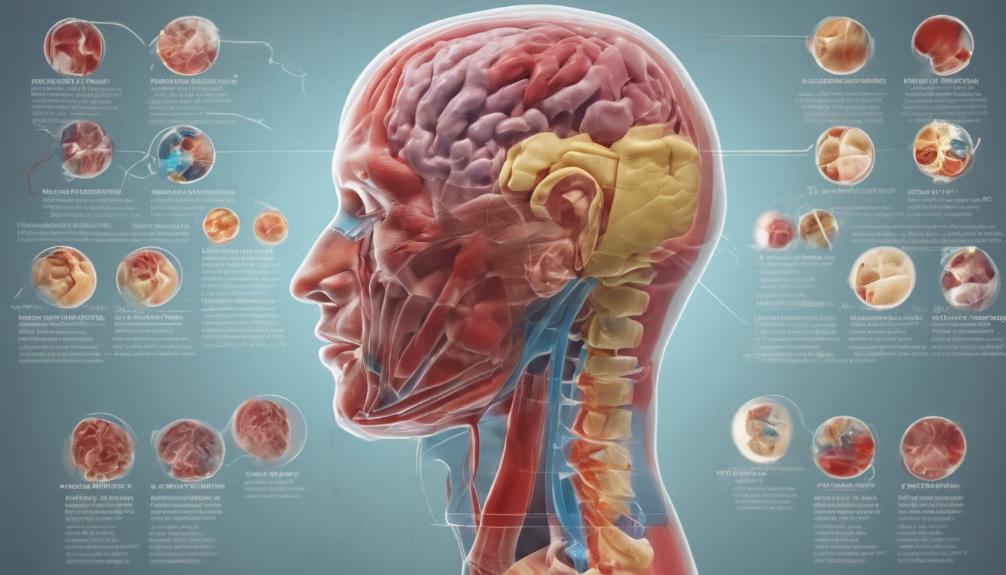
In the aftermath of car accidents, victims often suffer from a range of injuries categorized broadly into impact and penetrating injuries, each with its own severity and implications for recovery. Impact injuries result from the force of a person colliding with parts of the vehicle or being ejected, leading to traumas such as concussions, broken bones, and internal damages. Penetrating injuries, on the other hand, occur when objects within the car or from the external environment pierce the body, causing cuts, lacerations, or deeper wounds. Both categories demand immediate and thorough medical evaluation to assess the extent of harm and to initiate appropriate treatment protocols, thereby setting the foundation for a potentially complex recovery process.
Documenting Injuries
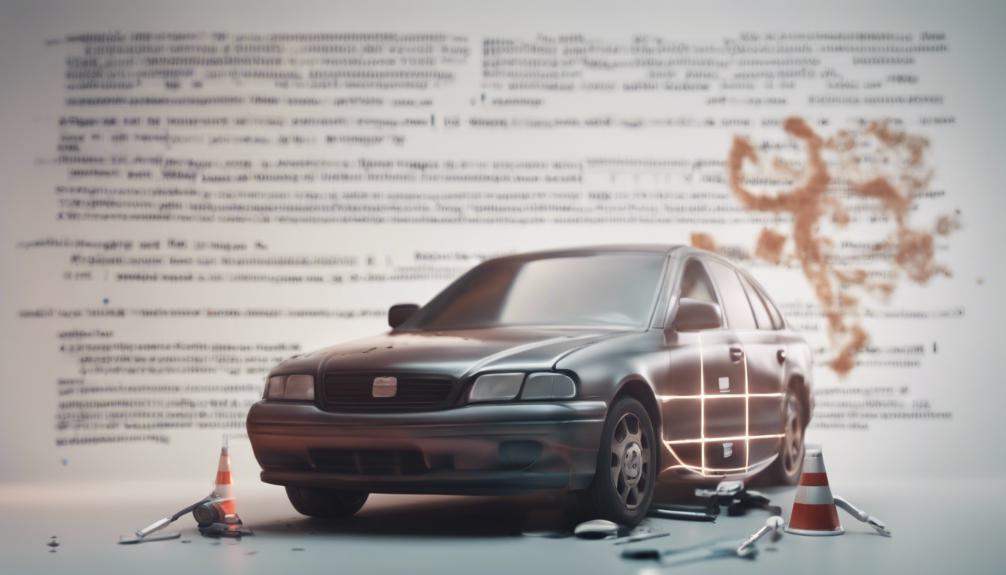
Following an accident, accurately documenting injuries is a fundamental step in the recovery process, ensuring victims receive the compensation and care they need. This involves a thorough examination by medical professionals who can diagnose both visible and internal injuries sustained during the incident. Immediate and detailed medical records become a fundamental part of the injury claim, providing undeniable evidence of the impact and severity of the injuries incurred. Photographs of injuries, along with detailed doctor's notes and medical test results, also play an essential role. Victims should also maintain a personal injury diary, documenting their daily pain levels, mobility issues, and how the injuries affect their daily lives. This extensive documentation supports the victim's claim for compensation and assists in the legal process, highlighting the direct consequences of the accident on their health and well-being.
Wrongful Death Claims

Wrongful death claims offer a legal pathway for the bereaved to seek justice and compensation when a loved one's demise results from a vehicular accident. These claims are essential for providing financial support and closure to families devastated by their loss. Eligible claimants typically include the deceased's surviving spouse, children, parents, or representatives of the estate. Compensation in wrongful death cases can cover a range of economic and non-economic damages, such as loss of future earnings, loss of companionship and support, funeral and burial expenses, and medical bills incurred prior to death. Handling the complexities of wrongful death claims requires a thorough understanding of the legal system, making the guidance of experienced legal counsel indispensable for achieving a fair and just outcome.
Head and Back Trauma

Building on the understanding of wrongful death claims, it's imperative to explore the complexities of head and back trauma, often a direct consequence of vehicular accidents. Traumatic brain injuries (TBI), including concussions, represent severe outcomes of these incidents. The brain's sudden jolt or collision within the skull can lead to long-term cognitive, physical, and emotional impairments. Similarly, the back, particularly the spinal cord, is vulnerable to injury during vehicle collisions. Spinal injuries range from herniated discs to more severe, potentially paralysis-inducing damage. Immediate and thorough medical evaluation is essential for diagnosing the extent of these injuries, guiding treatment plans, and supporting legal claims for compensation. Understanding the impact of such trauma underscores the importance of preventive measures and safety protocols on the road.
Facial Injuries

Facial injuries, encompassing a range of conditions from scarring and bruising to more severe fractures and eye damage, are a common yet distressing outcome of vehicular accidents. These injuries can drastically alter one's appearance and, by extension, their self-esteem and psychological well-being. Immediate medical intervention is important to mitigate long-term consequences. The nature of these injuries often requires specialized treatment, including plastic or reconstructive surgery, to restore functionality and appearance. The eyes are particularly vulnerable, with accidents capable of causing temporary or permanent vision impairment. Preventative measures, such as the use of seat belts and airbags, greatly reduce the risk and severity of facial injuries in collisions. Nonetheless, the impact on victims can be profound, necessitating a multidisciplinary approach to treatment and rehabilitation.
Neck and Chest Damage

In vehicular accidents, a significant number of victims suffer from neck and chest injuries, which range from mild to life-threatening in severity. Neck injuries often involve whiplash, where the sudden jolt of a crash causes the head to snap forward and backward, damaging the soft tissues of the neck. This can lead to prolonged pain and mobility issues. Chest injuries, on the other hand, can encompass a wide range of issues from broken ribs to internal bleeding. The force of impact against seat belts or the steering wheel can cause substantial harm to the chest area, potentially affecting the lungs and heart. Such injuries necessitate a thorough medical evaluation to assess the extent of the damage and to formulate an appropriate treatment plan.
Seeking Medical Attention
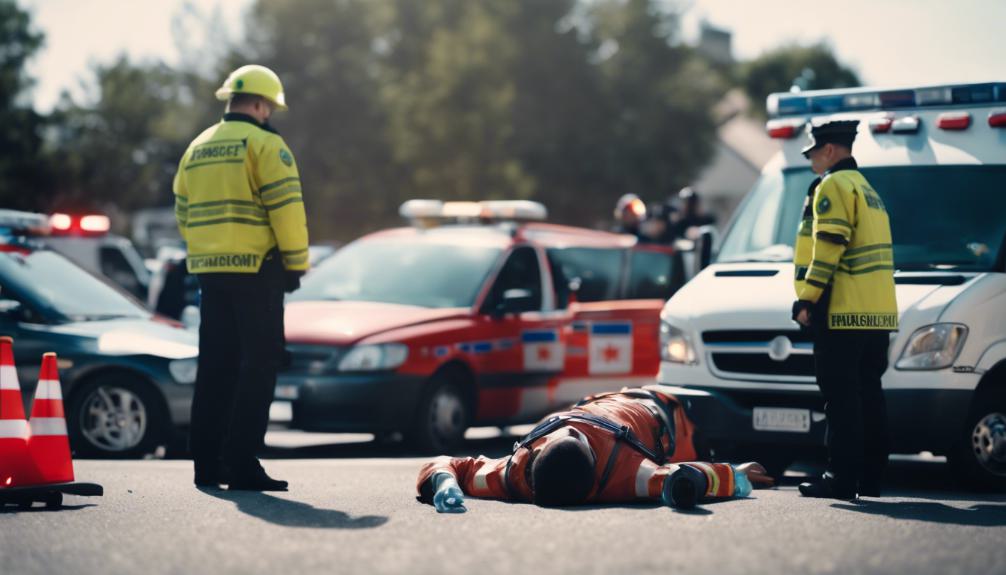
Given the variety and severity of neck and chest injuries that can result from vehicular accidents, it becomes imperative for victims to seek timely and appropriate medical attention. The immediate aftermath of an accident often leaves individuals in shock or disbelief, potentially overshadowing the urgency of medical evaluation. However, some injuries, particularly internal ones, may not present immediate symptoms. Early diagnostic tests, such as X-rays or MRIs, can identify hidden injuries and prevent complications. Additionally, medical documentation is essential for accurately recording the extent of injuries sustained, which is important for any future legal actions. It is advised to visit a healthcare provider as soon as possible post-accident, even if no immediate injuries are apparent, to ensure a thorough health assessment.
Compensation for Victims

Victims of vehicular accidents may be entitled to financial compensation for their injuries and losses. This compensation can cover medical expenses, lost wages, pain and suffering, and, in critical cases, wrongful death claims. The law recognizes the physical, emotional, and financial toll these accidents can take on individuals and their families. To pursue such compensation, victims or their families must often navigate complex legal processes, which typically involve proving the negligence of another party—be it another driver, a vehicle manufacturer, or a government entity responsible for road maintenance. Success in these claims can provide essential financial support during recovery and rehabilitation, making understanding the legal rights and options available to accident victims an essential step following any vehicular accident.
Frequently Asked Questions
What Are Some Effective Preventive Measures to Avoid Injuries in Vehicular Accidents?
Effective preventive measures for avoiding injuries in vehicular accidents include wearing seat belts, obeying traffic laws, avoiding distractions while driving, ensuring vehicle maintenance, and utilizing advanced safety features such as airbags and anti-lock braking systems.
How Do Weather Conditions Impact the Likelihood and Severity of Vehicular Accident Injuries?
Weather conditions greatly influence the likelihood and severity of vehicular accident injuries, with adverse weather increasing risks due to reduced visibility and road traction. This necessitates heightened awareness and precautionary measures during inclement weather.
Can Technology in Modern Vehicles Reduce the Severity of Injuries During an Accident?
Technology in modern vehicles, such as advanced safety features and crash prevention systems, has the potential to reduce the severity of injuries during an accident by mitigating impact forces and enhancing occupant protection.
What Role Does Speed Play in the Type and Severity of Injuries Sustained in Vehicular Accidents?
Speed influences the type and severity of injuries in vehicular accidents, with higher velocities increasing the risk of catastrophic outcomes, including fatalities, traumatic brain injuries, and spinal cord damage, necessitating prompt and thorough medical evaluation.
How Do Psychological Impacts of Vehicular Accidents, Such as PTSD, Get Addressed and Treated Post-Accident?
Addressing psychological impacts, such as PTSD, post-vehicular accidents involves professional mental health support, therapy sessions, and sometimes medication. Early intervention and continuous care are pivotal in aiding individuals' recovery and improving their overall well-being.
Conclusion
To sum up, vehicular accidents precipitate a wide spectrum of injuries, ranging from minor abrasions to severe trauma, which necessitates immediate and thorough medical intervention. The understanding of these injuries, alongside proper documentation, is pivotal in the legal arena for securing compensation for victims. Additionally, the psychological and financial aftermath for those affected underscores the importance of a multidisciplinary approach in addressing the consequences of such incidents. Consequently, a concerted effort from healthcare providers, legal professionals, and support networks is imperative in mitigating the long-term impacts on victims and their families.

This post has been generated by AI and was not reviewed by editors. This is Not legal advice. Please consult with an attorney.
